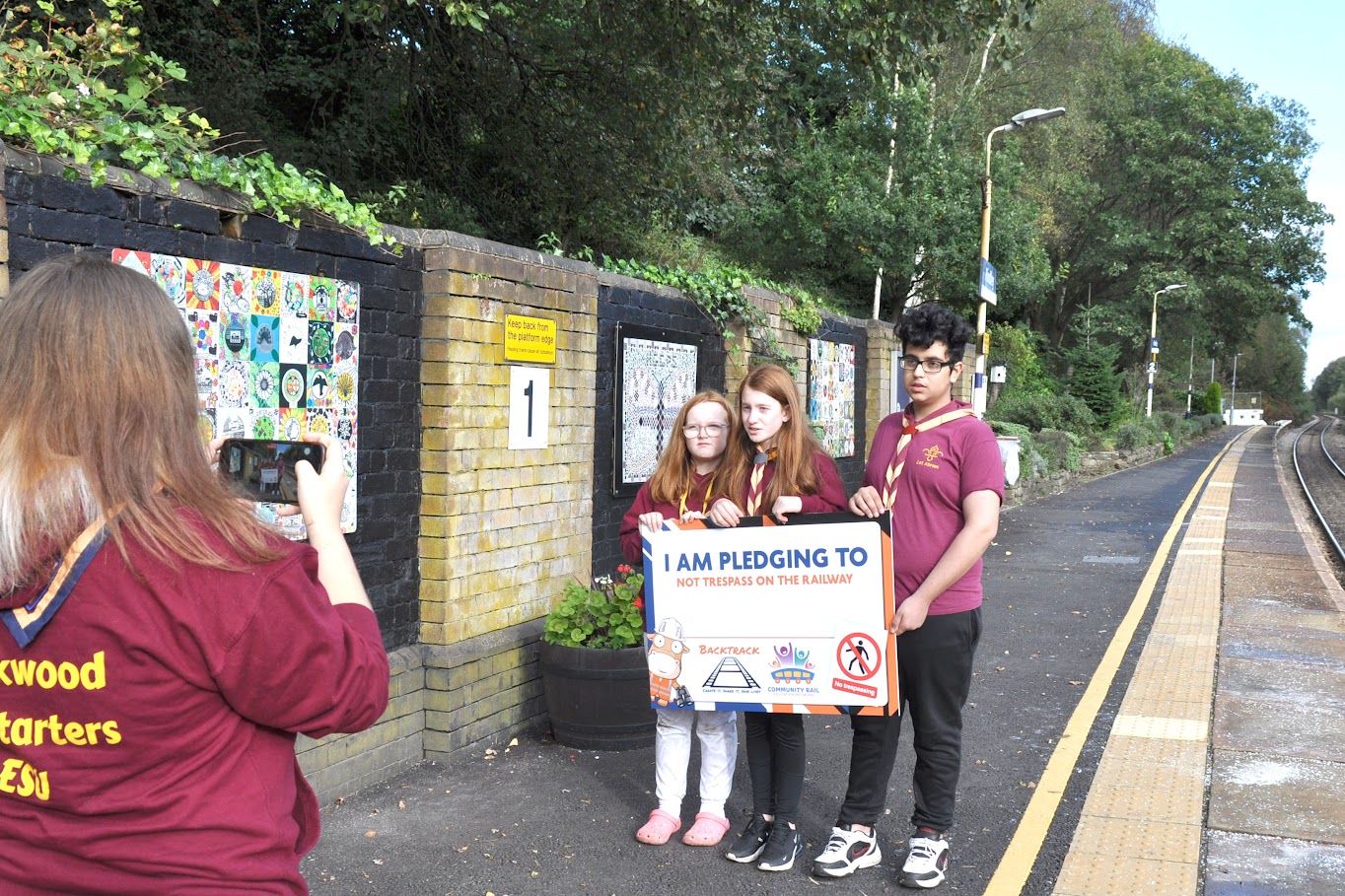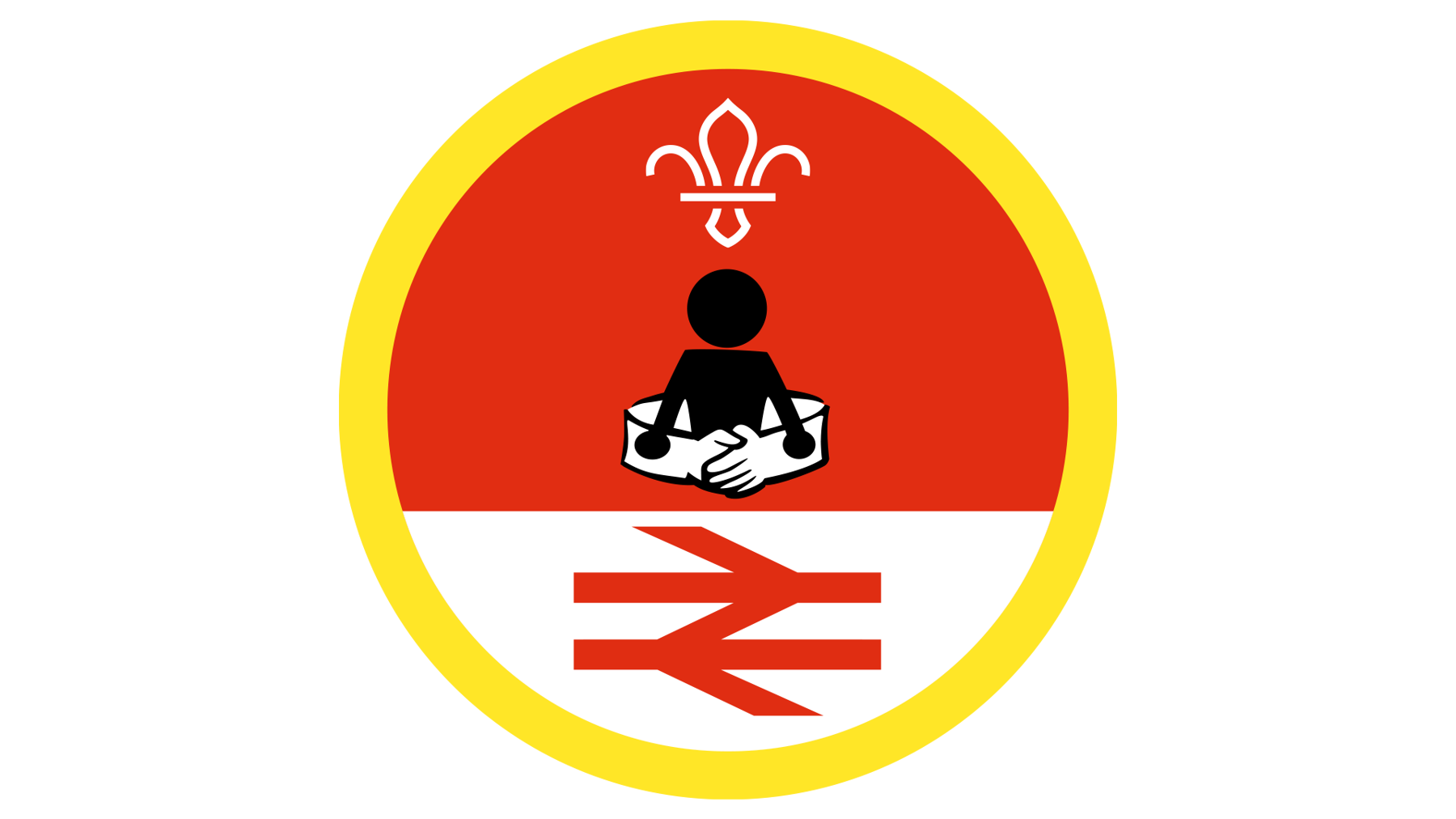The Rail Industry
The Rail Industry supports the Beavers Safety and Cubs Personal Safety activity badges.
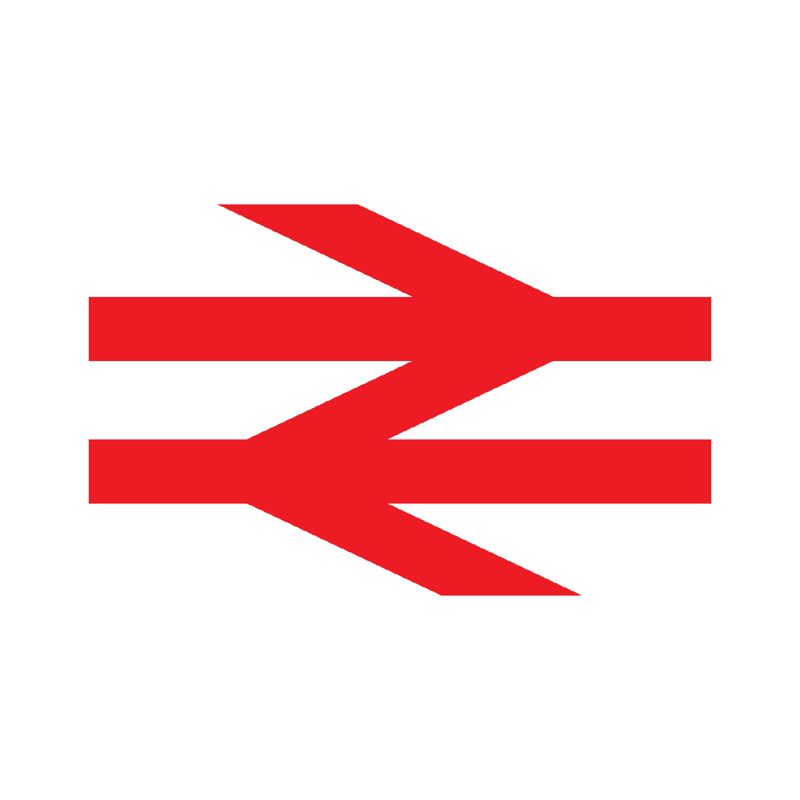
Why we work together
Hear from Louise McNally from Network Rail and Scout Volunteer John about staying safe on the railways
To watch in full screen, double click the video
Five key messages
Electricity is easily the most dangerous factor in stepping on the track. It’s always switched on and people don’t realise it can jump. You don’t even need to touch a cable to be seriously injured.
Overhead lines carry 25,000 volts, a hundred times more than your supply at home. The third rail is probably the hardest danger to see. It looks just like an ordinary rail, but it carries 750 volts. It’s designed to send power to the train, but you are 70% water and the perfect conductor for this electricity. If you touch the rail, you will 'stick' to it.
You can’t outrun a train. And even if you could, you wouldn’t hear it coming. Today’s trains reach speeds of 125 mph almost silently and they run 24 hours a day.
This is about taking positive action if you see someone in distress. Approach them to see if they're OK, and if you need to, call for help.
In a busy and crowded train station, you can easily become distracted by other people or your mobile phone. At level crossings, you can also become distracted by your music or thoughts as you drift into your own little world.
This can be dangerous as you lose sight of the risks around you when you’re lost in thought.
Don’t be afraid to report anything that feels out of place. The Rail Industry relies on information from the public to help keep the rail network safe.
It could be someone avoiding rail staff or police, leaving a bag on the railway, or checking out security arrangements like CCTV. If it doesn’t feel right, let British Transport Police know and it can decide if what you have seen or what you know is important. You can text the British Transport Police on 61016.
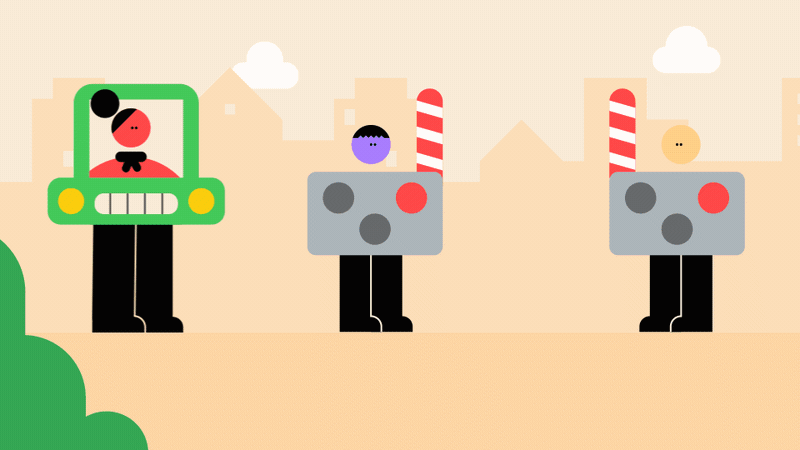
We've created some great Rail Industry themed activities to go with the badges and teach young people all about the five key messages.
Platforms for Change
To watch in full screen, double click the video
All Aboard! The Scouts has teamed up with The Community Rail Network and the wider Rail Industry to turn train stations into extensions of your meeting place and epic badge-earning hubs!
From March 2024, you'll be able to work towards a host of badges at your local participating station. Gardening, DIY, Community Impact, Art, you can even work towards your DofE or higher awards. The possibilities are endless.
Imagine mastering gardening skills while beautifying your station, crafting awesome art projects that brighten the space, or even tackling DIY challenges that make it even better for everyone.
You'll be giving back to your community, making a lasting impact, and having tons of fun in a brand-new environment. There are lots of station partnership activities you can try out.
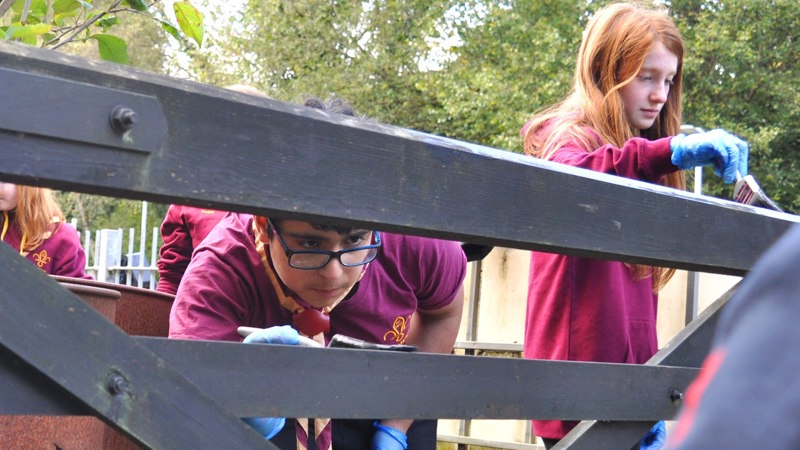
Head over to the Community Rail Network website to find your nearest participating station.
Please note that new stations are being added constantly. If there isn't a station in your local area, you can email platformsforchange@communityrail.org.uk.

Danger lurks on the tracks, not likes. The Backtrack competition is back! Create a bold pledge (film it or design it) against railway trespass and win awesome prizes. Be a hero, not a statistic. Let's keep the tracks safe together!
Watch the Backtrack 2022 winning film
To watch in full screen, double click the video
All about the Rail Industry
Britain’s railway is operated by several organisations with clearly defined roles and responsibilities that work closely together to deliver a safe and reliable railway for passengers, freight customers and the public.
Network Rail provides infrastructure for train companies who run passenger and freight services. These organisations work together to deliver timetables and customer service.
Through the Rail Delivery Group, they also develop strategies and plans to improve the railway.
The Rail Safety & Standards Board supports the industry to help them achieve their objectives, particularly in regard to efficiency and safety.
British Transport Police supports the industry by policing the journeys of more than six million passengers each day.
The industry is regulated by the Department for Transport and the Office of Rail and Road.
We have one of the safest railways in Europe, however serious and fatal accidents still occur. The Rail Industry invests in several safety awareness programmes and campaigns, working with national and local organisations, to make the railway a safer place for the public.
These safety awareness activities include:
There are more than 13,000 trespass incidents on the railway each year. Last year, 15 lives were lost as a result of trespass activity. A quarter of these incidents involve children and young people.
Young people are often unaware of the hidden dangers associated with the railway, such as the introduction of faster, quieter trains and the presence of a powerful electrical current that is never switched off.
The Rail Industry is committed to ensuring that families and communities fully understand these dangers and the risk to life that they present.
There are more than 6,000 level crossings in Britain where the road meets rail. Over 60% have no warning that a train is approaching, including footpaths and bridleways.
In the last five years, there have been 22 accidental fatalities at level crossings. Incidents where pedestrians and cyclists are almost hit by a train are increasing, with just over 300 incidents in 2019/20.
The most commonly recorded causes are people not willing to wait, being unaware of an approaching train, thrill seeking and antisocial behaviour or deliberate misuse.
The Rail Industry is focused on reducing risk to the public at its level crossings, and there is still more to do to ensure families and communities understand that they must continue to take care and pay attention when crossing the railway.
255 people sadly take their own lives on the railway each year. For their loved ones, their actions are devastating. For rail staff and passengers involved in such tragedies, the impact can last a lifetime.
Research and first-hand experience has shown that just talking to someone in distress, or telling a member of staff so they can talk to them or find help, can stop them taking their own life.
For every person who takes their own life on the railway, six lives are saved by someone doing something, even if that’s just asking how they are.
Learning how to help someone in distress not only helps to prevent suicides on the railway, but can be used in everyday life too. Suicide is preventable, and we can all support someone who is at a low point in their lives.
Every year, two and a half billion people travel by railway across England, Scotland and Wales. British Transport Police is there to make sure that everyone who works or travels on the railway does so safely and securely.
While the railway is one of the safest ways to travel, we all need to remain vigilant to protect ourselves and those around us. You should always text British Transport Police on 61016 if you see unusual behaviour or something out of place on your journey, and call 999 in an emergency.
If you see something that concerns you, even if you think it might be nothing, report it and British Transport Police will respond appropriately.
Get your Rail Safety Activity Badges
Visit Scout Store
Calling Explorer Young Leaders!
Do you want to become a Railway Safety Ambassador?
It's simple, all you need to do is deliver sessions to Beavers and/or Cubs around the Rail Industry's Five Key Safety Messages.
By taking part, you will also be working towards missions one and two of the Explorers Young Leaders Scheme.
There are many activities on the Programme Planner you can use to engage young people in railway safety. This will help them achieve their Beavers Safety Activity Badge or their Cubs Personal Safety Badge.
Once you have delivered the necessary session(s), you can order your Railway Safety Ambassador Certificate.

Get support to be safe
Rail Industry staff offer support to groups to help them learn about how to be safe on and around the railways. This is suitable for all sections, with specific links to the Beaver Safety and Cub Personal Safety Activity Badges.
Please email scouts@networkrail.co.uk to be linked with your local Community Safety Officer. You can work with them to work out what support is best for your young people.
